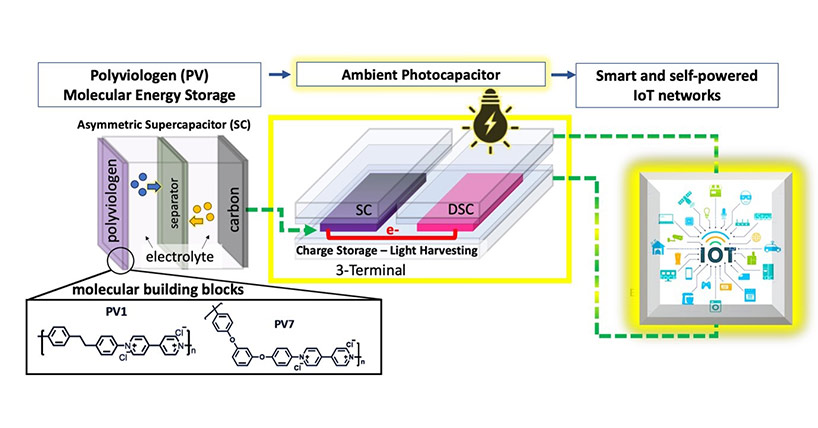Acute lymphoblastic leukaemia
Tracing childhood leukaemia back to birth offers hope for patients
Published on: 1 November 2024
A groundbreaking study has uncovered molecular markers in blood at birth that are linked to later development of acute lymphoblastic leukaemia (ALL), the most common childhood cancer.
In a study, involving Newcastle University and published in Molecular Cancer, the markers were present in cancerous tissues from children with leukaemia and served as indicators of patient survival.
The research offers new hope for early diagnosis and potential therapeutic interventions in childhood cancer, which is the leading cause of death among diseases in children.

‘New insights’
Dr Gordon Strathdee, Lecturer in Genome Instability at Newcastle University, said: "This study provides new insights into the earliest events, often occurring before birth, which underlie the development of childhood leukaemia.
“Our study represents an important step in understanding the origins of this distressing and life-threatening disease and potentially opens the way for early detection and preventative strategies."
The new study, led by scientists from the International Agency for Research on Cancer (IARC) in collaboration with 17 partner institutions worldwide, used an innovative approach to trace the molecular origins of cancer back to birth.
The researchers profiled molecular maps in patients at various stages: birth, diagnosis, remission, and recurrence.
At the core of these maps is the epigenome, which intrinsically weaves DNA strands into a molecular imprint of nature and nurture: what our genes provide, and how the environment influences them.
This allows the epigenome to capture a molecular snapshot – a kind of diary – of early-life factors that the baby was exposed to during pregnancy.
Dr Zdenko Herceg, Head of the Epigenomics and Mechanisms Branch at IARC and co-senior author of the study, said: “This study is the result of a large-scale multidisciplinary effort, substantial investment, and extensive international collaboration.
“By combining epidemiology, clinical oncology, and advanced laboratory science, we have gained unique insights into the causes of cancer and identified biomarkers that could lead to early detection and personalized risk stratification and therapy.”
To generate epigenetic imprints, biological samples are required. However, most paediatric cancer research has relied on clinical samples collected after disease onset. This makes it very difficult to tell if any differences seen in these samples are responsible for causing the cancer, and so were present before the cancer developed, or are a later consequence of cancer development.
To address this, the scientists searched for epigenetic (DNA methylation) markers in both surrogate (blood) and cancerous tissues across the course of leukaemia development, starting at the time of birth by using archived Guthrie cards (or cord blood, when available) from the children.
Guthrie cards harbour blood spots, often originating from baby heel pricks, and are commonly collected as part of routine neonatal screenings. This uncovered potential epigenetic precursors of leukaemia detectable at birth before the disease manifests.
After the patients were followed up for more than 10 years, the findings revealed that specific DNA methylation alterations at birth can serve as significant biomarkers for ALL development, prognosis, and survival.
In the absence of changes in the DNA code, methylation levels are potentially reversible, and this is what was observed in patients who responded positively to therapy.
‘Revolutionise early detection’
The findings were reproducible with different technologies, in three continents, and in two ethnicities, including the often-underrepresented Hispanic ethnicity; Hispanic children have the highest rates of childhood leukaemia worldwide.
Dr Akram Ghantous, IARC scientist and lead author of the study, said: “Because childhood cancer may have origins in utero, we have essentially travelled back in time to collect blood samples at birth from children who later developed cancer.
“We are mapping the molecular ‘diaries’ of nature and nurture in patients with cancer while tracing these diaries back to birth – in a way, reversing the arrow of time to uncover early origins of the disease.”
These findings could revolutionise early detection and treatment of childhood leukaemia. Future research will expand to larger, more diverse populations to uncover additional molecular precursors of paediatric ALL and enhance clinical applications.
Reference:
Ghantous A et al. Epigenome-wide analysis across the development span of paediatric acute lymphoblastic leukaemia: backtracking to birth. Molecular Cancer. https://doi.org/10.1186/s12943-024-02118-4



